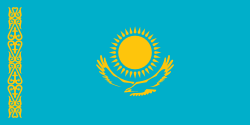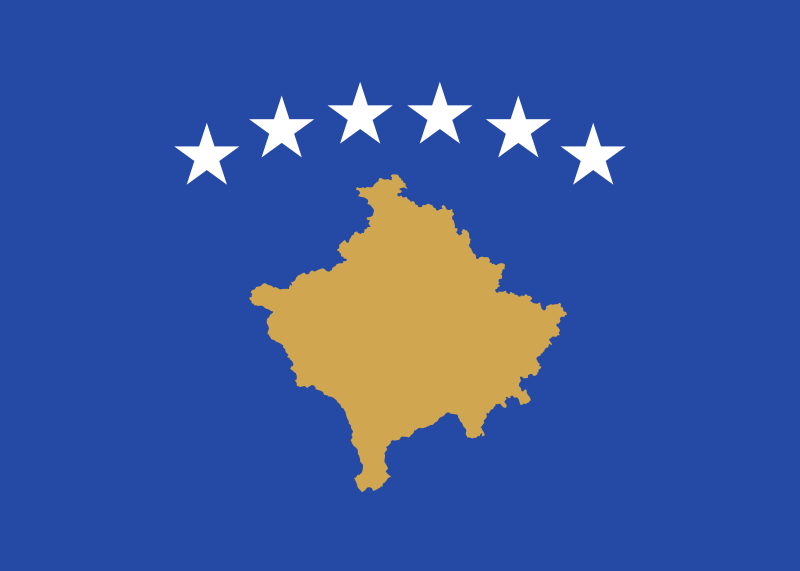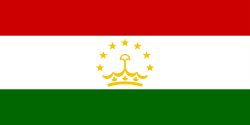General Information
Population
Immigration
Emigration
Working-age population
Unemployment rate
GDP
Refugees and IDPs
Citizenship
Territory
Migration Authorities
Responsible Body
Federal Public Service for Foreign Affairs (covering Foreign Affairs, Foreign Trade and Development Cooperation, as well as Migration and Asylum)
Line Ministries
Federal Public Service for Justice
Federal Public Service for Employment, Labour and Social Dialogue
Flemish Ministry for the Interior, Administrative Affairs, Integration, and Equal Opportunities
Agencies
National Institute for Statistics
Federal Agency for the Reception of Asylum Seekers (Fedasil)
Office of the Commissioner General for Refugees and Stateless Persons
Federal Migration Centre (Myria)
Public Service of Wallonia: economy, employment and research
Key Policy Documents
Description
Belgium is primarily a country of immigration. Its population has grown from just over 11.000.000 to 11.521.238 in the last decade, both due to immigration and a natural population increase.
In 2020, Belgium saw a positive net migration of 41.756 persons, which is almost 25% less than in 2019, but this figure is likely to have been influenced by the COVID-19 pandemic. The top five nationalities among immigrants were Belgians returning to their country of origin, Romanians, French, Dutch and Italians. In 2020, 102.413 people emigrated from Belgium, which remains consistently less than the immigration figure. France, the Netherlands, Italy and Spain are the main destination countries for emigrants, while there is a significant diaspora in the US and Canada too.
Overall, at the beginning of 2020, people of a foreign background and their descendants were estimated to make up 32.1% of the total Belgian population, while 54.3% of people below 18 have non-Belgian roots. The largest foreign populations in Belgium in 2020 were from France (170,324), the Netherlands (159,319) and Italy (155,696), closely followed by Romania (105,358) and Morocco (80,579). The other prominent immigrant groups are from Turkey, Romania, Poland, Spain, Democratic Republic of the Congo and Russia. Given that Brussels hosts the European institutions, as well as many international organisations, an increasing number of European citizens are settling permanently and temporarily in Belgium.
Economic incentives have been the main driver of immigration to Belgium, as have been historical colonial ties in the cases of Congo and Rwanda. In parallel, Belgian laws on family reunification have tightened over the past decade. In 2020, 30.711 non-EU citizens requested visas to stay in Belgium on family reunification grounds, and 6,582 of these were denied.
Since 2014, Belgian regions can develop their own labour migration policies. In 2019, the regions of Flanders, Wallonia and Brussels all increased the validity of work permits for the highly skilled from one year to three years. Flanders and Wallonia have also gone further to increase their attractiveness to foreign talent and retain skilled migrants. Qualifying foreign nationals can apply for work permits from within Belgium; are no longer restricted to specific employers and have an open-ended work authorisation after four years of employment.
Gallup provides Belgium with a Potential Net Migration Index (PNMI) score of 17% showing a potential net population gain, but a brain drain of 10%. This latter score is deemed to be down to high income taxation and a seeming lack of opportunities for highly skilled young people, particularly in the science and technology sectors. This is an issue that the Belgian government is addressing through a new law that was approved in February 2021 allowing non-EU foreign university students to search for a job after they receive their diploma.
In terms of the numbers of international students (bachelors and masters level), there are 44.860 in Belgium, according to Eurostat’s latest figures. This is 15% of the overall student population. The number who come from non-EU countries stands at 8.600, which is quite low when compared with other EU countries. According to Eurostat, between 10 and 14.000 students apply for a residence permit to study or conduct research in Belgium annually and only 80% receive approvals. The largest percentage of foreign students in Belgian universities come from China and the US. Other important origin countries are Turkey, India, Canada, Mexico, Brazil and the Congo.
The number of recognised refugees in Belgium has increased over the last 20 years from 12.560 in 2002 to 65.033 in 2022. In 2020, Syria, Afghanistan and Eritrea were the top countries of origin among recognised refugees. As of May 2022, Belgium received 6.252 asylum applications.
Irregular migration is an issue in Belgium. In particular, this concerns asylum seekers who have had their applications refused but remain in the country. Belgian authorities therefore consider that an increase in the return rate is very important: especially when it comes to third-country nationals who have been ruled to pose a threat to public order or national security. Furthermore, the Federal Agency for the Reception of Asylum Seekers (Fedasil) signed collaboration agreements with Enabel (the Belgian development agency) and ERRIN (a European operational initiative aiming at implementing reintegration activities that support, simplify and improve national return practices) in 2018. These underline that Belgium is focused on voluntary return programmes and the reintegration of migrants into their country of origin, where possible. In 2018, 2.994 migrants voluntarily returned to their country of origin, of whom the main nationalities were Ukrainian, Georgian, Romanian, Brazilian and Iraqi.
People smuggling equally represents an issue, and a significant part of this is related to transit migration to the UK. In 2018, 11.761 migrants being smuggled with the intention of reaching the UK were intercepted in transit in Belgium. An action plan on the fight against irregular transit migration was adopted in order to address this issue. In addition, Belgium signed police cooperation agreements with Serbia, Thailand, Morocco and Tunisia in 2018. These focus specifically on sharing best practice with regards to combating irregular migration and people smuggling.
Belgium has signed up to the Global Compact for Safe, Orderly and Regular Migration and is actively involved in international organisations to work on migration management issues and funds global projects to this end. Furthermore, Belgium offers resettlement opportunities every year to a number of vulnerable refugees in need of international protection. In 2019, for example, 239 refugees were allowed to come to Belgium, along with the support of the IOM. In addition to this programme, Belgium is a part of Humanitarian Corridors opened in 2018 following an agreement signed between the Belgian government, the Community of Sant’Egidio and all national religious authorities to promote the reception and integration of 150 Syrian refugees from Turkey and Lebanon.



















































